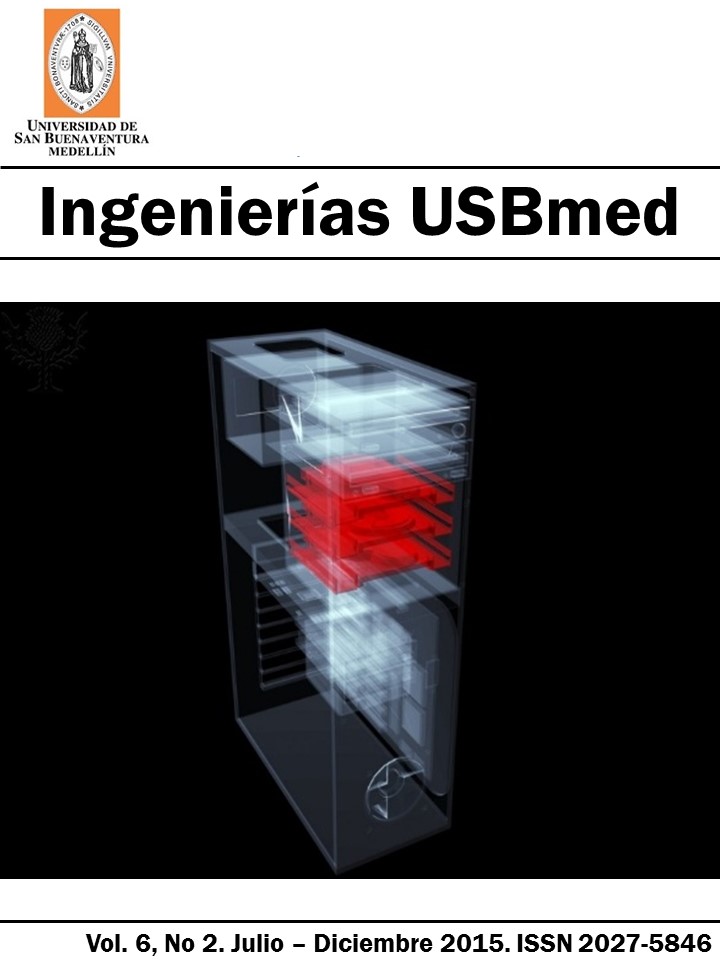This journal provides immediately free access to its contents under the principle that make available the research results for free to the public, helps for a greater global exchange of knowledge.
Therefore, the journal invokes the Creative Commons 4.0
License attributions: Recognition – Non-commertial - Share equal. Commercial use and distribution of original or derivative works are not permitted and must be done with a equal license as the one that regulate the original work.
Abstract
References
[2] S.P. Hurtado Serrano, “Estadísticas de comercialización de plaguicidas químicos de uso agrícola 2010”, Instituto Colombiano Agropecuario ICA, Bogotá D.C., Boletín Técnico No.00.02.78.11, Diciembre 2011.
[3] Política Ambiental para la Gestión Integral de Residuos o Desechos Peligrosos, 1ra ed., Ministerio de Ambiente Vivienda y Desarrollo Territorial MAVDT, Bogotá D.C., 2005, pp 8-122.
[4] Organización de las Naciones Unidas, Programa para el medio Ambiente PNUMA (2015). [En línea]. Disponible:http://www.dicc.hegoa.ehu.es/listar/mostrar/171
[5] Documento Conpes, 3550, 2008,
[6] J. Estevez, “Avances Sectoriales en la implementación de la política integral de salud ambiental”, Congr. Int. de Salud Pública. Medellín, 2011, pp 1-28.
[7] B. Larsen, “Costos de los daños al medio ambiente: Una Evaluación de los riesgos de la Salud Socio-económico y ambiental”, Ministerio de ambiente, Vivienda y Desarrollo Territorial, Bogotá D.C., 2004.
[8] G. Aristizabal, J. Suescun, R. Patiño, “Contaminación del aire y enfermedad respiratoria en población infantil de Puente Aranda”, Rev. Salud Pública, vol.15, no 4, pp 503-516, Agosto, 2013.
[9] J.J. Shah, T. Nagpal y C. Brandon, “Urban Air Quality Management Strategy in Asia”. Banco Internacional de Reconstrucción y fomento/Banco mundial, Washington D.C, 1997.
[10] A. Prüss-Ustün, and C. Corvalan, “Preventing disease through healthy environments. Towards an estimate of the environmental burden of disease”, World Health Organization, Washington D.C., 2006.
[11] Decreto, 3518, 2006.
[12] H. Quijada Bonilla, “Informe de intoxicaciones por sustancias químicas”, Ministerio de Salud, Instituto Nacional de Salud, Bogotá D.C., 2013.
[13] O. Franco Torrres, “Informe Nacional Generación y Manejo de Residuos o Desechos Peligrosos en Colombia 2012” Instituto de Hidrología, Meteorología y Estudios Ambientales de Colombia, Bogotá D.C., Marzo de 2014.
[14] Resolución, 1362, 2007.
[15] Decreto, 4741, 2005.















